Earlier this year, I attended a FREE webinar hosted by the Children's Book Academy. Dr Mira Reisberg invited Editor, Julia Maguire, to share tips on what makes a great narrative, in the style of dark humour. The books that succeed with black humour often share some, if not all, these characteristics. They: -
A clear example of the classic use of dark humour, in a picture book, is Zombie in Love by Kelly DiPucchio and Scott Campbell. It takes an icon of the horror genre and places him in a hapless romance narrative. Through use of an OTT scenario and ‘woe is me’-exclamations, the zombie becomes a figure of sympathy. The reader is invited to both laugh and cry, with this lonely figure who just wants to find love. Recently, Bryan Avery wrote in The Blogfish about Jon Klassen’s modern classic, I Want My Hat Back I’d like to expand on a discussion of this author, by describing him as a master of subtle dark humour. His characters deal with everyday moral quandaries that kids can relate to, like ‘outing’ the person who has stolen your hat, or in the case of my personal favourite, We Found a Hat, deciding whether to sell out your best friend and take something you both want. Klassen is not advocating the triumph of revenge or dishonesty but he is acknowledging that they are real human emotions and he plays mischievously with the concepts, delighting children with the suggestion of naughtiness. Klassen’s humour goes by the style of simplicity, narrating through dialogue and letting his illustrations and their dark colour palette, do most of the talking. And, he uses animal characters to engage young readers and soften the blow of potentially questionable but relatable human behaviour. Recently, it was a revelation to come across the work of new Australian author-on-the-rise, Philip Bunting. His narrative and illustrative style has been likened to Jon Klassen's and I agree with this comparison. Mopoke is Bunting’s innovative, break out hit for 2017. When I first glanced through the book, I’ll admit I didn’t exactly laugh out loud but I read it to my 5-year old son. With no prompting at all from me, he belly-laughed his way through every darkly-illustrated page. Like the sparse text used by Klassen, Bunting keeps it incredibly simple. The premise is a naturally quiet, little mopoke (a type of owl) who becomes a figure of fun through visual humour.
The narrative pattern is word play. Each spread has a full page illustration accompanied by a play on words. For example, ‘High-poke’, with a figure of a mopoke in a top hat. “Low-poke’, with a graphic of a mopoke down on his luck, and ‘Mow-poke’ to describe a mopoke with a moustache. The dark quality of the humour is heightened through the colour scheme, which favours blacks and browns. It is also conveyed via deadpan humour; quite opposite to the exaggerated comedy of Zombie in Love, and more akin to Klassen. Next time you laugh at a book, particularly a children’s book, stop and think about what makes it funny? Julia Maguire and Mira Reisberg opened a world of the different genres of humour to me. I am keen to try them all as a writer. Next month in my blog post, I am feeling inspired to write about fractured fairy tales, a popular genre that often takes its cue from dark humour. What are your favourite picture books that use black humour? I’d love your suggestions in the comments! Brydie Wright Bio Graduate, Craft & Business of Children’s Picture Book Writing Course Chief Editor, Sydney Mums Group and Reviewer, WeekendNotes Author of Daddy and the World's Longest Poo, IAN Awards 2017 Finalist, & Magic Beans from the Creative Kids Tales Story Collection Website - Facebook - Twitter - Goodreads 1/18/2018 08:31:32 am
Foam mats are available as interlocking foam floor tiles that are soft. Use foam mats for home exercise rooms, basement floors and kids play floors. 10/12/2023 09:50:19 am
Greetings! Have you ever wanted to download TikTok videos easily? Well, enter Savetiktok – the ultimate solution. Head over to Savetiktok , paste the TikTok video link, and download it hassle-free. I've found it to be incredibly useful for saving those creative and entertaining TikToks. No more worrying about losing your favorite videos – with Savetiktok, they're just a click away. Try it out and let me know how it goes!
Colette Bailey
2/29/2024 04:28:54 pm
When you make your own project, you will need a mobile application or service to automate it. Here are the startup guys - <a href="https://owlab.group/services/startup-development">startup development</a> Comments are closed.
|
We are so excited to be mixing things up at CBA, beginning with some delicious additions to the Blogfish. Meet our awesome bloggers!!
Here's our lineup: 1st Mondays begin with former school psychologist Dr. Debra Collins who will be writing about Social emotional Learning in kidlit and behind the scenes as well as Jewish children's books. 2nd Mondays will feature super smart Melissa Stoller whose career is taking off with several new books. 3rd Mondays will feature our new blogger coming soon. 4th Mondays features new blogger, the fabulous Brentom Jackson, who has a beautiful approach to blogging. And 5th Mondays we'll be taking a break Archives
July 2024
|
|
Discover
|
About Us
|
Join Us
Join our Community and receive a fabulous free gift, KidLit tips, newsletters, scholarship info, contests, and more!
Join our KidLit Mentorship |
Social Media
Interact with our FaceBook Group or follow us on:
|
© 2010-2024 All content on this website is copyrighted. Sorry, all courses are non-refundable.
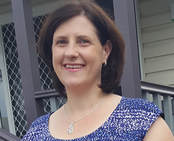
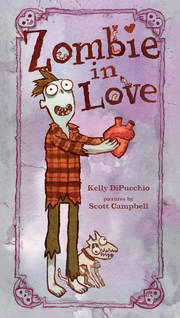
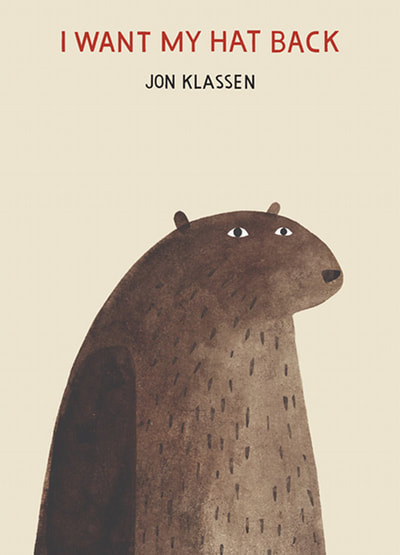
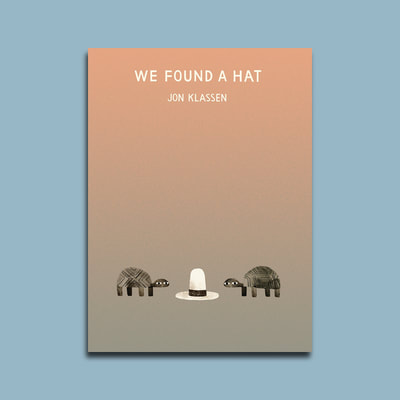
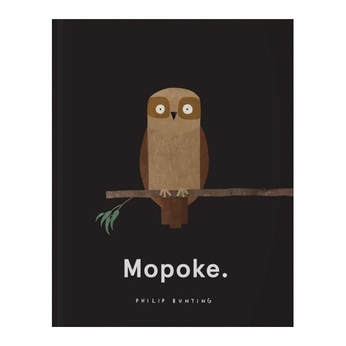
 RSS Feed
RSS Feed
